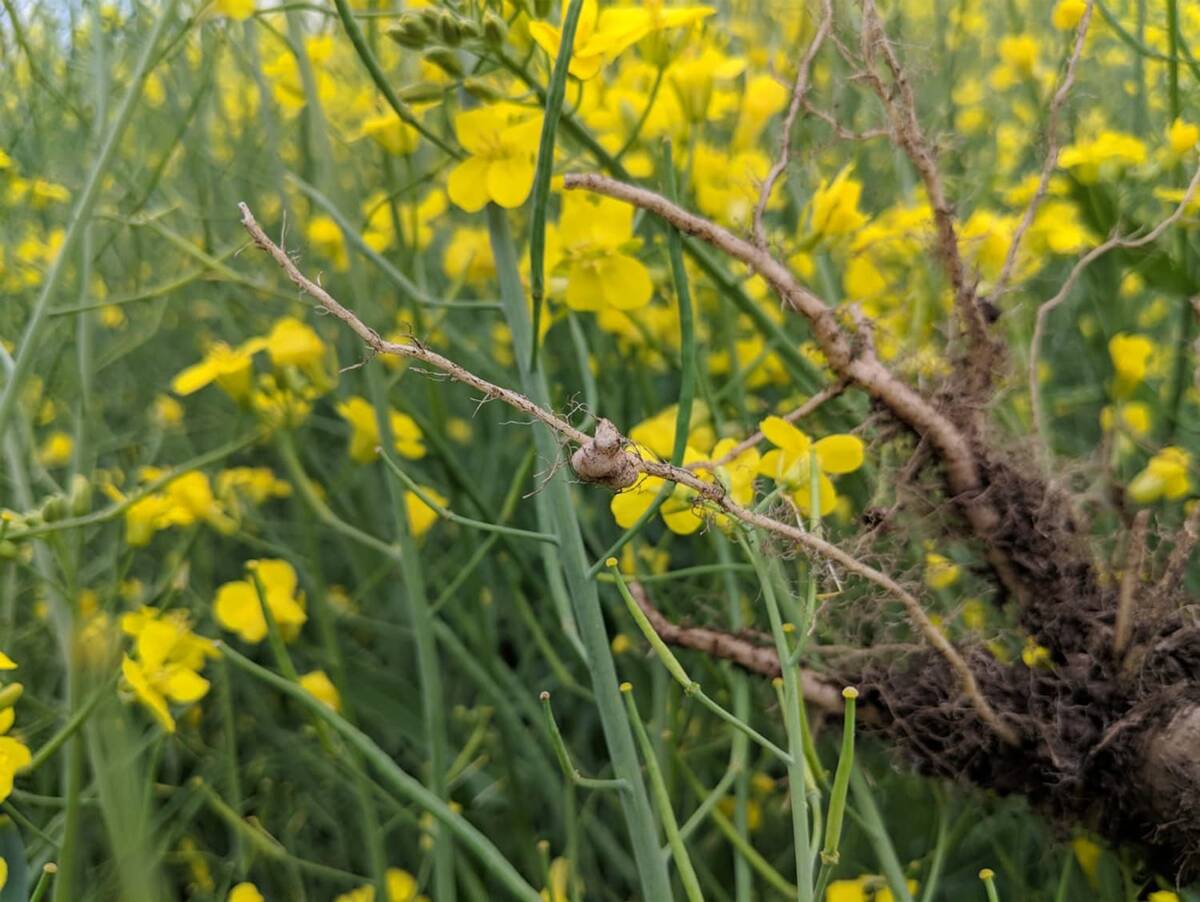REGINA – Weeds lower crop yields the most when they are stealing nutrients and moisture from seedlings.
So spray early and don’t worry about second weed flushes, a weed specialist told a direct seeding conference here recently.
Len Juras, formerly the weed specialist for Saskatchewan Agriculture and now with Dow Agrosciences in Saskatoon, said new herbicides have wider application windows that allow farmers to wait until most weeds have emerged.
But studies by Agriculture Canada researchers show the priority should be on protecting the seedlings, not killing every weed.
Read Also

Going beyond “Resistant” on crop seed labels
Variety resistance is getting more specific on crop disease pathogens, but that information must be conveyed in a way that actually helps producers make rotation decisions.
“It is easy to visualize a spray miss and see the benefit of the herbicide where there are weeds and no weeds. It is a lot tougher to see what you have given up by delaying your application,” Juras said. “If you spray early, you’ll maximize your yield potential.”
Referring to work done by Ken Kirkland at the Agriculture Canada Scott experimental farm in Saskatchewan, Juras noted delayed spraying can reduce yield potential by as much as 45 percent.
Wild oats were sprayed with either Achieve or Triumph Plus. One plot was sprayed at the two-three leaf stage, another at the five-six leaf stage.
Both treatments gave good weed control, but crop yield varied depending on when the weeds were taken out.
The area sprayed at the five-six leaf stage yielded about twice as much as an untreated check plot. But the plot sprayed earlier yielded three and a half times more than the check.
Knowing what to spray
You can’t spray everything at once, so Juras provided suggestions on prioritizing fields for treatment.
- First, scout fields to know what weeds are growing, their growth stage, density and location.
- Determine where weeds have emerged before the crop. For example, if wild oats are ahead of wheat, there will be more damage to yield than in a field with the same density of less mature wild oats.
- A crop with good emergence and large plant numbers will compete better than a light crop. It might be best to spray the light crop first. “Canola is a good example because it has a good ability to fill the space.”
- Higher value crops should get a higher priority than lower value crops.
- Crops infested with weeds that downgrade quality, like cleavers in canola, should get priority.
Juras said when determining the economic threshold for spraying, the assessment shouldn’t be based solely on the value of the crop growing in the field.
Research at Agriculture Canada’s research centre at Melfort, Sask., and Saskatchewan Agriculture’s tests at Tisdale, Sask., showed that controlling Canada thistle in one crop can reduce the problem in the subsequent year and boost yields.
It appeared that pre-harvest applications of glyphosate alone or in combination with another herbicide gave better two-year control of thistle than in-crop spraying with a more specific herbicide or post-harvest spraying.
“People are starting to look at cereals as clean up, set up crops for special crops,” he said.















